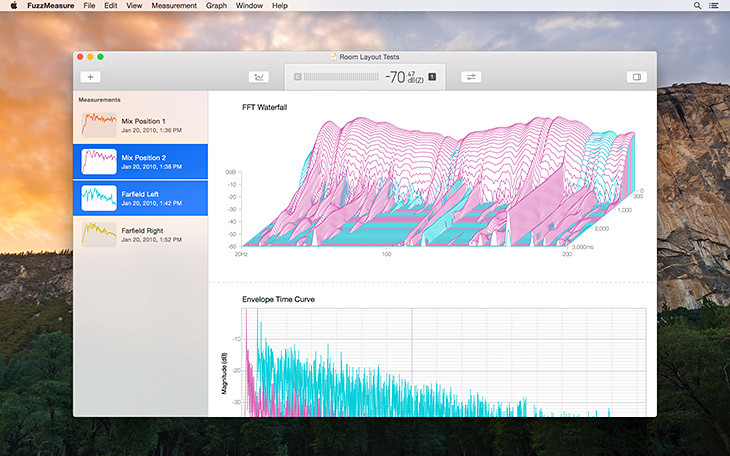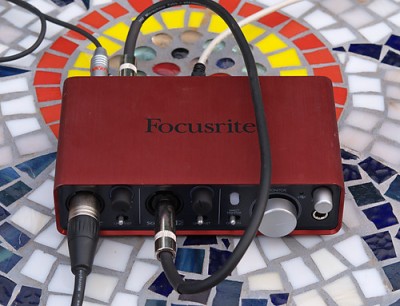

Here is an example on how the chart of my own test looked: The only slight challenge is that you have to look at your computer screen to see the current test tone frequency displayed in the test tone generator, while making a subjective judgement of the perceived volume. Once you have printed the chart (you could draw this in 2min if you don’t have a printer close by), start going up with the frequency from 20Hz all the way to 300Hz, and make corresponding little crosses on your printed chart. (the left arrow going up shows the level you are hearing, the arrow in the middle going to the right is for the frequency of the test tone, starting at 20Hz, going up to 293Hz)

– the average level of the test tone throughout all frequenciesĬlick on the chart below and print it out. – you can hear it, but it’s lower than the average We take notes using the simple categories Starting with a test tone of 20Hz, we will gradually move up the frequencies – and make notes about how we hear the volume changing. It’s quick and easy but there are a few steps involved. Finish reading the rest of this article before you start.
#FUZZMEASURE PRO HOW TO#
I’m now explaining you how to write down what we hear. Keep going down to perhaps 20Hz, even if you don’t hear the tone any more. If you are listening on small speakers, the tone will disappear completely when you reach a certain frequency, this could be around 40/50Hz if you don’t have a subwoofer. Notice how the level of the tone keeps changing? On some frequencies the signal might seem to disappear completely, on others it’s louder than the original 100Hz tone. Take your time, change the frequency gradually from 100Hz down to the lowest available frequency, but take a minute to do that. Bring the frequency of the oscillator down, slowly – step by step. Turn your speakers up slowly, until you can just hear the low 100Hz tone clearly.ĭo not turn it up too much – at a low volume it will be easier for you to notice changes in level, which will be important.ĥ. Set the output level of the test tone to -18dB and start with a frequency of 100Hz (G2 on a keyboard).Ĥ.

In Logic Pro, for example, the oscillator can be inserted as a plug-in, in any track or even output. Set the test tone generator (or synth) up. …to not destroy the speakers or your ears, as test tone generators can produce some nasty high tones! (which we don’t need for what we’re doing today)ģ. Turn the volume of your speakers fully down. (You can also use a synth playing a sine-wave, THIS LIST shows the range of notes needed)Ģ. The frequency of the oscillator can be set.
#FUZZMEASURE PRO GENERATOR#
Most DAWs come with an oscillator or test tone generator for creating a basic sine-tone (if in doubt, google „test tone generator daw“ + the name of your software). Find a test tone generator in your DAW software. Just listen and let me know if the volume of the test tone is perfectly consistent?ġ.

In about 47 seconds you will know how shitty your room sounds. You can playback this clip to do the test I’m describing below, if you want to skip setting this up in your DAW.īe careful – this clip starts with subsonic frequencies you won’t hear in most rooms!
#FUZZMEASURE PRO PRO#
Here’s a YouTube-clip with test tones I’ve created with Logic Pro – it works almost the same in Protools, Cubase, Garageband, Fruity Loops, Reason. This will give you a head start into solving your room acoustic issues, and I’ll also tell you more about my favourite resources once you’re ready to dig deeper. How to do a simple acoustic room measurement in your home studio or listening room – in 10 minutes or less!Īnybody can do this – all you need is a computer connected to a pair of speakers.


 0 kommentar(er)
0 kommentar(er)
